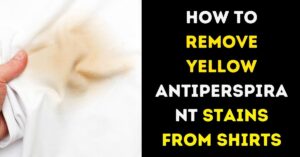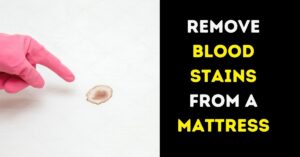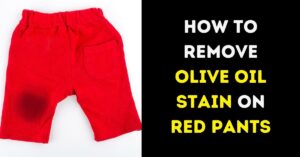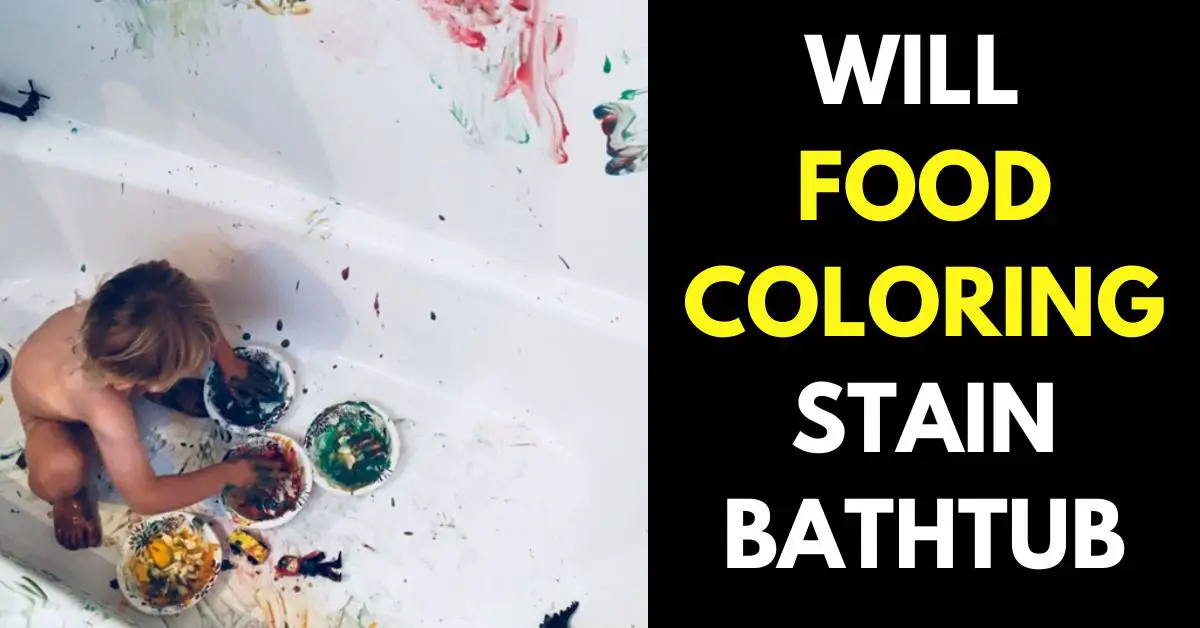
Food coloring has become a popular ingredient in various DIY projects, including making bath bombs and coloring bathwater. While it can add a fun and colorful twist to your bathing routine, some people may be hesitant to use food coloring in their bathtub for fear of staining. So, the question remains, will food coloring stain a bathtub?
We’ll explore the potential for food coloring to stain your bathtub, and provide tips on how to prevent staining and clean up any messes that may occur. Whether you’re a DIY enthusiast, a parent looking for fun activities for your children, or simply curious about the impact of food coloring on your bathtub, this guide is for you.
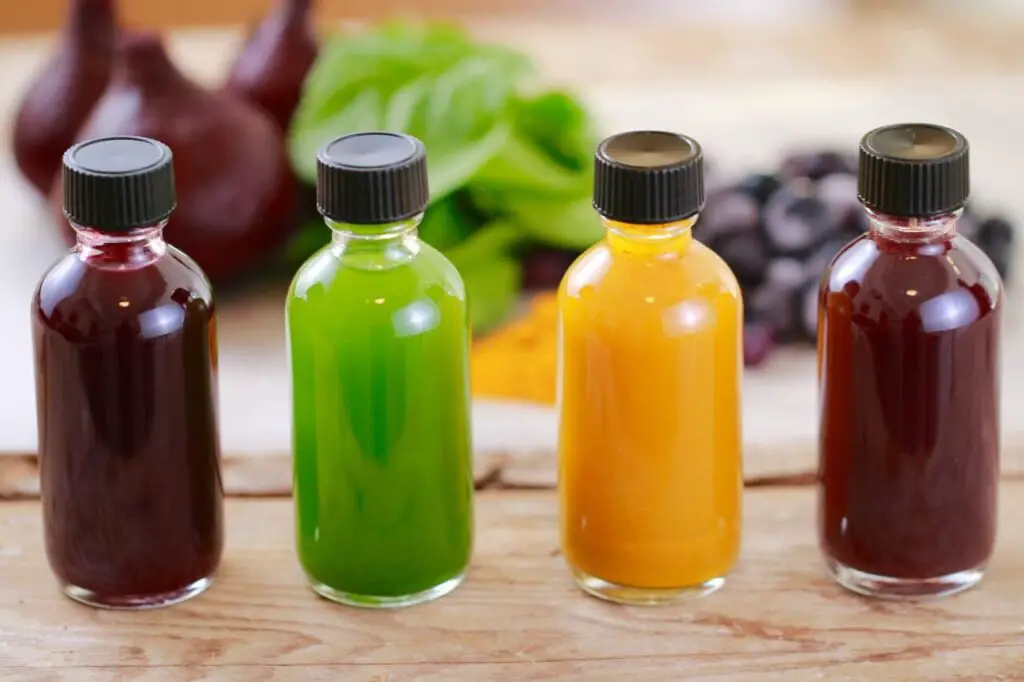
Is It Ok to Use Food Coloring in Bath Bombs?
Yes, it is generally safe to use food coloring in bath bombs. Food coloring is a popular and easy way to add vibrant colors to bath bombs, and many people enjoy the fun and colorful experience it adds to their bath time.

However, it is important to use food coloring in moderation and to choose a high-quality, water-soluble food coloring that is safe for use on the skin. Some food colorings may contain chemicals or artificial dyes that can cause skin irritation or allergic reactions. Look for natural or organic food coloring options or choose a food coloring that is specifically labeled safe for use in bath and body products.
Additionally, it is important to keep in mind that excessive use of food coloring in bath bombs may cause staining of the bathtub or skin. To prevent staining, it is best to use a small amount of food coloring and thoroughly mix it into the bath bomb mixture before adding it to the bathwater.
Will Food Coloring Stain Bathtub
Food coloring can potentially stain a bathtub if it is not cleaned up immediately after use. Most food colorings contain synthetic dyes that can be difficult to remove from surfaces like porcelain or acrylic. The longer the food coloring is left on the surface, the more difficult it will be to remove.
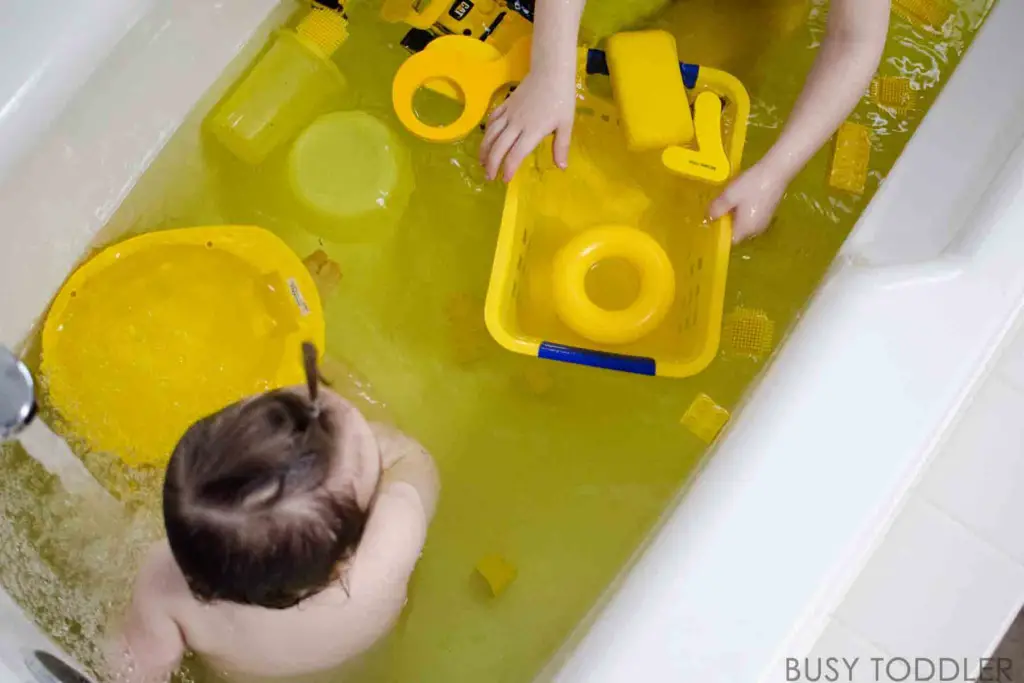
If you plan to use food coloring in your bathtub, it is important to take precautions to prevent staining. First, consider using a non-staining food coloring, such as a natural food coloring made from fruits and vegetables. These types of food coloring are less likely to stain surfaces than synthetic dyes.
If you do use synthetic food coloring, be sure to clean the bathtub immediately after use. Use a cleaning solution that is safe for your bathtub’s surface and rinse thoroughly with water. Avoid using abrasive scrubbers, as these can scratch the surface of the bathtub and make it more susceptible to staining.
Will Red Food Coloring Stain Bathtub?
Red food coloring can potentially stain a bathtub if it is not cleaned up immediately after use. Most red food colorings contain synthetic dyes that can be difficult to remove from surfaces like porcelain or acrylic. The longer the food coloring is left on the surface, the more difficult it will be to remove
Are Food Coloring Stains Permanent?
Food coloring stains can be difficult to remove, especially if they are left to set in for an extended period of time. However, whether or not they are permanent depends on a few factors, such as the type of surface the stain is on, the color of the food coloring, and how quickly it is treated.
If the food coloring is on a porous surface, such as fabric or unsealed wood, it may be more difficult to remove and could potentially be permanent. On non-porous surfaces such as bathtubs or countertops, food coloring stains can often be removed with the right cleaning products and techniques.
The color of the food coloring can also affect how easily it can be removed. Darker colors, such as red or purple, may leave a more noticeable stain than lighter colors like yellow or green.
If the food coloring is treated quickly with the right cleaning solution, it may be possible to remove the stain completely. However, if it is left untreated for an extended period of time, it may become more difficult or even impossible to remove.
Is There a Food Coloring That Doesn’t Stain?
There are some food colorings available that are less likely to stain than others. Natural food colorings made from fruits and vegetables, such as beet juice or turmeric, are less likely to stain surfaces than synthetic food colorings. However, natural food colorings may not be as vibrant as synthetic ones and may not provide the same range of colors.
When it comes to synthetic food colorings, water-soluble options are less likely to stain surfaces than oil-soluble ones. It is also important to choose a high-quality food coloring that is specifically labeled as safe for use in food and beverages.
How Do You Get Food Coloring Out of a Bathtub?
If you have a food coloring stain on your bathtub, there are a few things you can try to remove it. Here are some steps you can follow to get food coloring out of a bathtub:
- Act fast: The sooner you can address the stain, the easier it will be to remove. Try to clean up any spills or stains as soon as possible to prevent the food coloring from setting in.
- Make a cleaning solution: You can try mixing together equal parts of baking soda and water to form a paste. Apply the paste to the stained area and let it sit for about 10-15 minutes before scrubbing it away with a soft-bristled brush or sponge.
- Use vinegar: White vinegar is another natural cleaning solution that can be effective at removing food coloring stains. Mix equal parts of white vinegar and water and apply the solution to the stain. Let it sit for about 10-15 minutes before wiping it away with a damp cloth.
- Try commercial cleaners: If the stain is particularly stubborn, you may want to try a commercial cleaning product designed specifically for removing stains from bathtubs. Be sure to follow the instructions carefully and wear gloves and protective eyewear if needed.
- Prevent future stains: To prevent future stains, consider using a small amount of food coloring or opting for natural food coloring options. You can also try adding food coloring to a plastic bag or container and then placing it in the bathwater rather than directly adding it to the bathtub.
How Do You Keep Dye from Staining in the Bathtub?
If you plan to use dye or food coloring in your bathtub, it is important to take precautions to prevent staining. Here are some tips to help keep the dye from staining your bathtub:
- Use a small amount: When using dye or food coloring in your bathtub, use only a small amount. A little goes a long way, and using too much can increase the likelihood of staining.
- Mix it thoroughly: Be sure to mix the dye or food coloring thoroughly into the water before getting into the bathtub. This will help distribute the color evenly and reduce the likelihood of concentrated areas that could cause staining.
- Choose the right product: Opt for dye or food coloring that is labeled safe for use in bathtubs or on the skin. Avoid using products that contain artificial dyes or other chemicals that could cause staining or skin irritation.
- Clean up spills immediately: If any dye or food coloring spills onto the surface of the bathtub, be sure to clean it up immediately. Use a damp cloth or sponge to wipe away the spill, and avoid letting it sit for too long.
- Use a protective layer: Consider placing a plastic sheet or liner on the bottom of the bathtub before using dye or food coloring. This can help protect the surface of the bathtub and prevent staining.
- Rinse thoroughly: After using dye or food coloring in the bathtub, be sure to rinse the tub thoroughly with warm water. This will help remove any remaining dye or color and prevent staining over time.
Summary
While food coloring can add a fun and colorful twist to bath time, it can also potentially stain your bathtub. To prevent staining, it is best to use a small amount of dye or food coloring, mix it thoroughly into the water, and clean up spills immediately.
Natural food colorings and water-soluble synthetic options are less likely to cause staining, but it is still important to test a small area of the surface first and to use the colorings in moderation.

